Oregon Ranks 15th in the Nation for Raising Black Children





 Email to a friend
Permalink
Email to a friend
Permalink
Wednesday, September 24, 2014
Kemea Smith, GoLocalPDX Contributor
Oregon beats out most states for raising black children despite its low minority population, according to a new study.
The study, published in April by the Annie E. Casey Foundation, ranked Oregon at No. 15 in the nation for raising African-American children. Each state was given a score out of 1,000 based on 12 measures, including birth weight, low poverty areas, and proficiency scores in reading and math.
Although Oregon, which has a black population of just 2 percent, according to 2013 Census Data, beat out most of the country, it still only scored 413 out of a possible 1,000.
"Oregon’s legacy of racial injustice still has very real impacts today for children of color in the state," said Tonia Hunt, executive director of Children First for Oregon.
"They face significant barriers to opportunity, and as a community we must do better to recognize and remove these hurdles," she said.
"Oregon needs to understand the health issues that African-Americans face as well as provide more prenatal care and childbirth-education classes," said Kimberly Porter, manager of the home visiting program for the Black Parent Initiative. "Most importantly we need to encourage cultural competency."
When it comes to raising white children, Oregon slipped down the national rankings, coming in at 38. However, its overall score for raising white kids was 657, 244 points higher than for black kids. All 50 states provided the necessary information regarding the best states for white children, with the lowest score being West Virginia and the highest score from Massachusetts at 827.
Latino children fared the worst, with Oregon’s overall score for raising Latino children totaling 378, putting the state at 31st in the nation. The overall score is 35 points less than Oregon's rank for raising African-American children.
Gale Castillo, president of the Hispanic Metropolitan Chamber said: “Oregon needs to create more economic opportunities for Latinos and their families and continue to focus on the educational advancement of Latino children starting from birth to college."
"Children must be healthy and fed in order to thrive and learn in school.”
Homepage Photo Credit: woodleywonderworks via Compfight cc (image cropped)
Related Slideshow: Slideshow: Oregon’s History of White by Law
Oregon’s history of exclusionary laws forcing minorities out of the state with the punishment of a lashing led to fewer minorities in the state to the present day. Experts say the state’s discriminatory past has aided in the lack of diversity in elected city leadership.
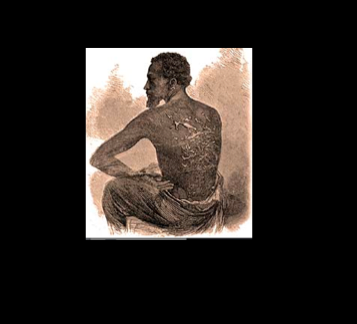
Prev
Next
1848
Slavery is declared illegal in the Oregon Territory but the state passed a so-called “Lash Law” that required blacks, “be they free or slave – be whipped twice a year until he or she shall quit the territory.”
The “Lash Law” was the brainchild of Peter Burnett, who came to Oregon from Missouri and later became the the first governor of California - and the state’s first governor to resign after criticism from the legislature.
The whipping law was considered too harsh and was never enforced. The punishment for staying in the territory was changed to forced labor.
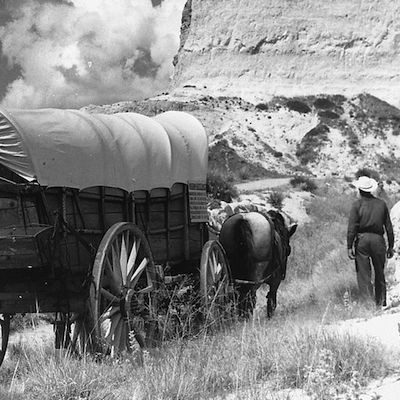
Prev
Next
1850
The Oregon Donation Land Act was enacted by the U.S. Congress to promote homestead settlement in the Oregon Territory. This increased the number of emigrants on the Oregon Trail.
The act granted free land to “Whites and half-breed Indians” in the Oregon Territory. The act also prevented non-whites from claiming land in Oregon even if they had already settled here.
The act resulted in about 3 million acres being claimed in Oregon and Washington.
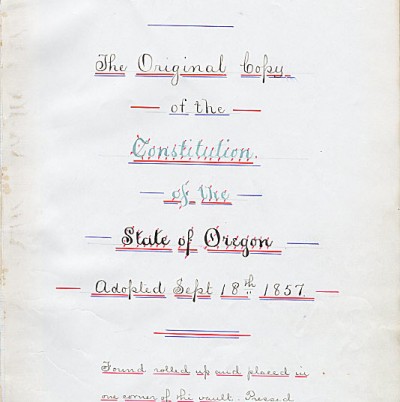
Prev
Next
1848-1857
In 1848, the state passed an exclusion law banning any blacks or anyone of mixed ethnicity from residing in the state. The law was repealed in 1854.
Another exclusion law, keeping blacks out of Oregon, was added by popular vote to the Oregon Bill of Rights in 1857.
The law to exclude blacks received more votes than another constitutional change that would have banned slavery.
An enforcement law for the exclusion, however, was never passed and the 14th and 15th amendments to the U.S. Constitution voided them.
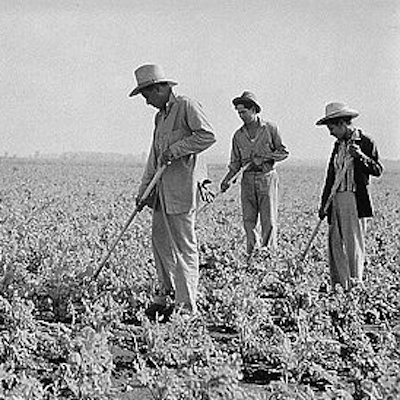
Prev
Next
1862
Oregon adopted a law requiring all blacks, Chinese, Hawaiians, and Mulattos residing in Oregon to pay an annual tax of $5.
If they could not pay this tax, the state made them maintain state roads for 50 cents a day.
Interracial marriages between blacks and whites were also banned.
It was against the law for whites to marry anyone one quarter or more black.
The law banning interracial marriage was not repealed until 1951.
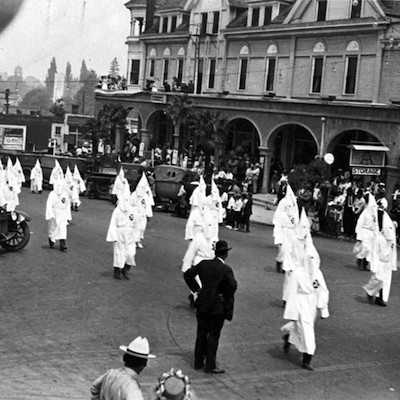
Prev
Next
1920s
The Ku Klux Klan flourished in Oregon. By the mid1920s its membership was estimated at between 14,000 and 20,000 with numerous sympathizers, who were not official members.
The KKK was very active in Ashland, Ore. in the 1920s.
“While the Klan may have been new to the state, the attitudes and issues it exploited were not. Racism, religious bigotry, and anti-immigrant sentiments were deeply entrenched in the laws, culture, and social life of Oregon, and few Oregonians questioned the Klan's doctrines of white supremacy, “ Eckard Toy of the Oregon Historical Society stated.
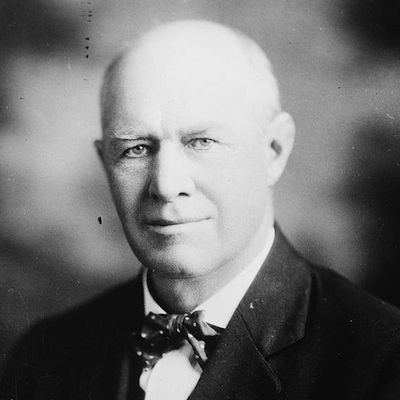
Prev
Next
1923
The Oregon Legislature, dominated by members of the Klan, passed a number of restrictive laws. The Alien Land Law prevented first-generation Japanese-Americans from owning or leasing land.
The Oregon Business Restriction Law allowed cities to refuse business licenses to first-generation Japanese-Americans.
Then-Oregon Gov. Walter Pierce, though not a member, was supported by the Klan and promoted the Klan’s agenda.
Pierce won his election to the state’s top position in 1922 with the help of the Klan. He also served in Congress from 1932 to 1942, representing Oregon's 2nd District.
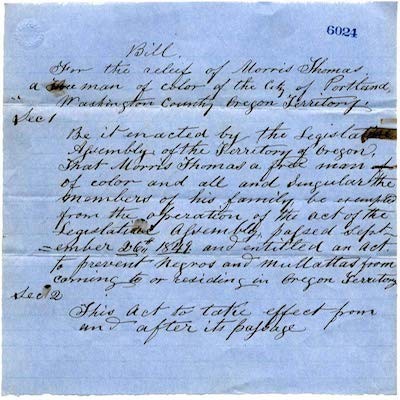
Prev
Next
1926
The 14th and 15th amendments to the U.S. Constitution granting equal rights to all and nullified Oregon’s exclusion law.
But, the state didn’t repeal its exclusion law, amending the state constitution to remove it from the Bill of Rights, until 1926.
In 1927 the Oregon State Constitution was amended to remove a clause denying blacks the right to vote.
Photo: A bill was introduced shortly after the first exclusion law came into effect, seeking exemption from the law for some current black residents
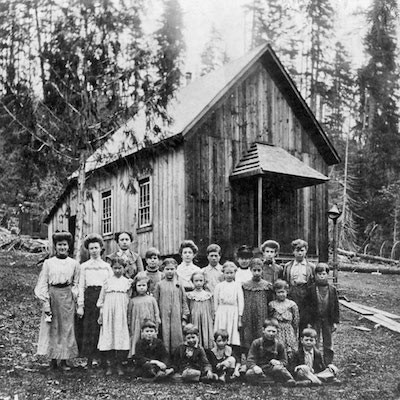
Prev
Next
1935 - 1953
Oregon law officially segregated Mexican students on the basis of being of Indian descent.
It exempted “White Mexicans,” those fair-skinned descendants of the Spaniards who do not have “Indian blood."
The NAACP fought segregation during the 1930s and 1940s and pushed for an Oregon Civil Rights bill that wasn’t signed until 1953, according to the Oregon Historical Society.
The Public Accommodations Bill made it illegal to discriminate in public.
Photo: Lane County Historical Society
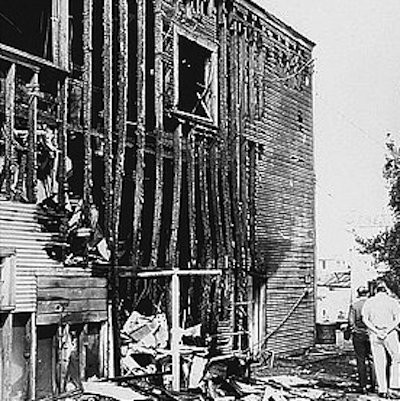
Prev
Next
1967-69
Racial tensions escalated into riots in Portland’s African American communities in Portland.
What was supposed to be a movement to galvanize the community turned into a multi-day riot in which residents threw bottles and rocks and damaged property.
Police, who were mostly white, clashed with young residents of North and Northeast Portland, where a large number of blacks lived at the time.
The riots came during the Civil Rights Movement, when black Americans were fighting against racial segregation and discrimination.
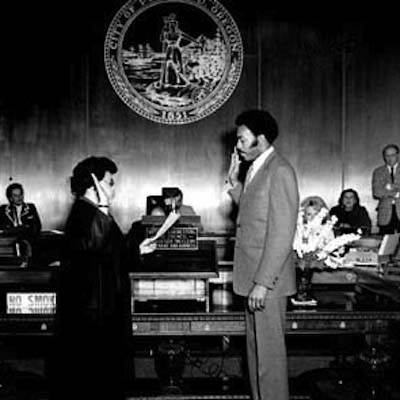
Prev
Next
1974 -2003
Charles Jordan spent 10 years as Portland’s first African-American city council member beginning in 1974. He also served 14 years as director of Portland's Bureau of Parks & Recreation, retiring in 2003.
The city renamed a North Portland building the Charles Jordan Community Center in 2012. He died in April 2014 of a long illness.
Jordan was lauded for his work with Parks & Recreation.
"Jordan changed Portland’s landscape - under his leadership, 44 new parks and natural areas were added to Portland’s parks system," said city officials.
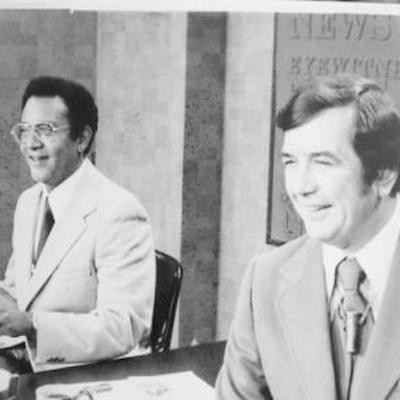
Prev
Next
1984
Portland’s second and last-to-date black city councilor, Dick Bogle, was elected in 1984 and served until 1992.
He died in 2010.
Bogle was also the first African-American TV journalist on the West Coast and and served for years with the Portland Police Bureau before getting elected to council.
Bogle served from 1984 to 1992.
Photo: Maynard Institute
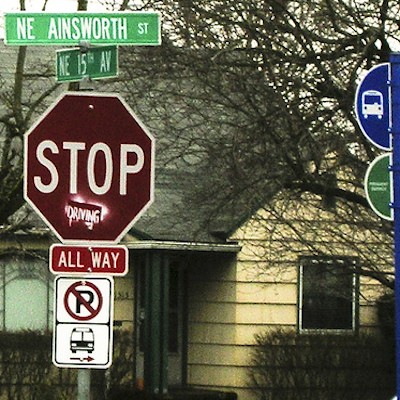
Prev
Next
1990s to present
"In the last two decades, Portland’s North and Northeast neighborhoods have seen significant public and private investments, steep increases in housing prices, and changes in demographic and economic profile of residents that have resulted in displacement (voluntary and involuntary) of low-income residents and small businesses.
The key distinction between revitalization and gentrification is the negative consequence of involuntary residential displacement," one city study on gentrification stated.

Prev
Next
2000
Oregonians voted to remove all racist language from the state constitution.
Though the discriminatory language was unenforceable due to federal laws and amendments to the U.S. Constitution, it was not until this election that removal of several examples of institutional racism were taken out.
The language included:
"No free Negro, or mulatto, not residing in this state at the time of the adoption of this constitution, shall come, reside, or be within this State, or hold any real estate.”

Prev
Next
2014
Trader Joe’s gentrification: The Portland African American Leadership Forum opposed the development of a Trader Joe’s store at the corner of Martin Luther King Jr. Boulevard over fears that it would raise rents and push poorer residents out of their neighborhood.
The company withdrew its plans for an $8 million store after the negative community reaction. The store could have received $2.4 million in city incentives.
PAALF said in a statement at the time that the group did not have a problem with Trader Joe's but with the city's back-room dealings and the lack of public involvement in the project.
Related Articles
Enjoy this post? Share it with others.





 Email to a friend
Permalink
Email to a friend
Permalink
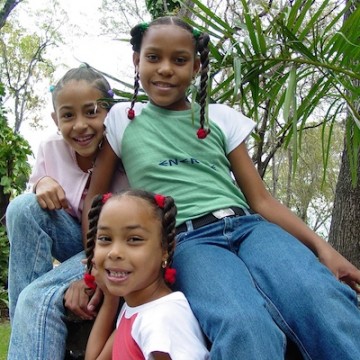
































 Delivered Free Every
Delivered Free Every
Follow us on Pinterest Google + Facebook Twitter See It Read It